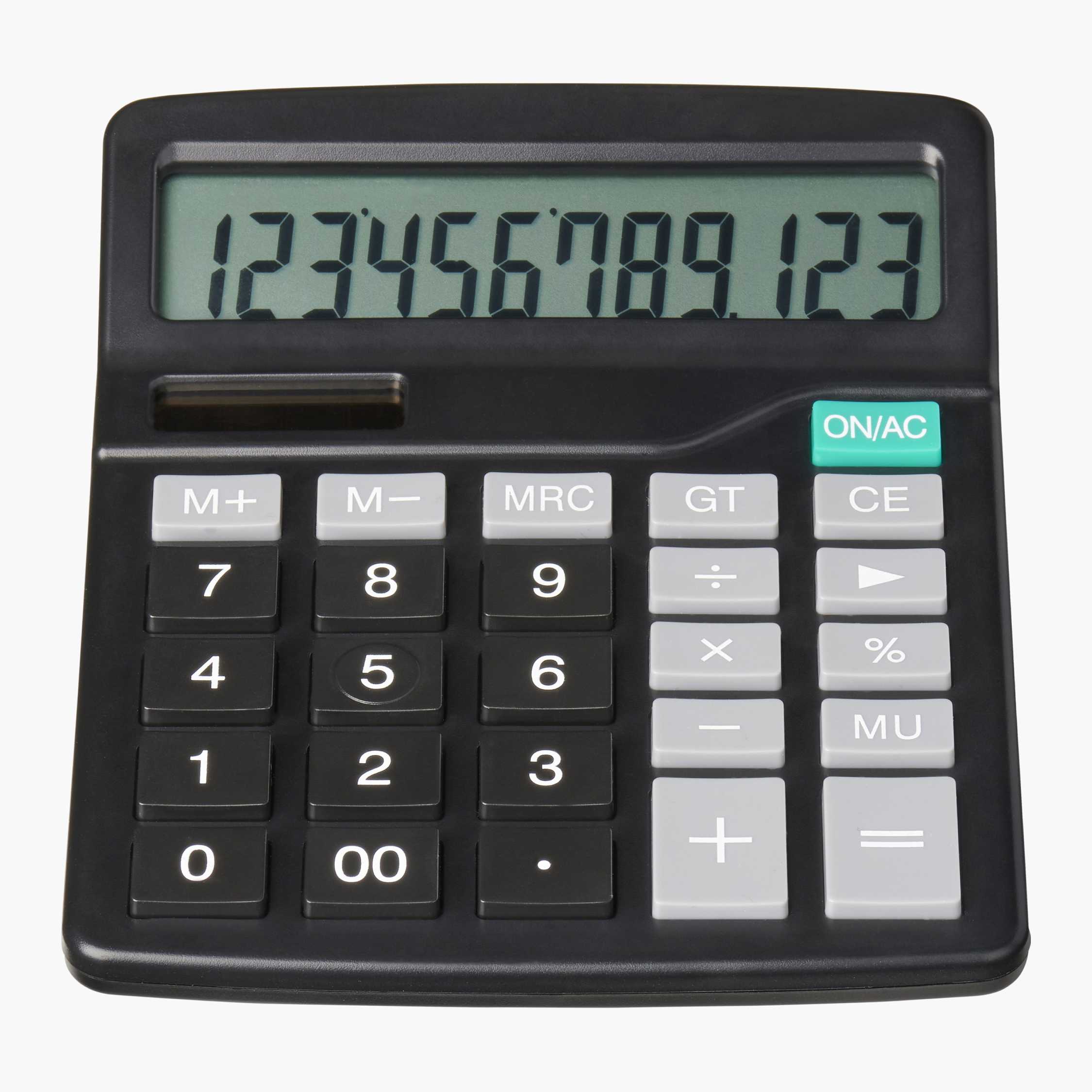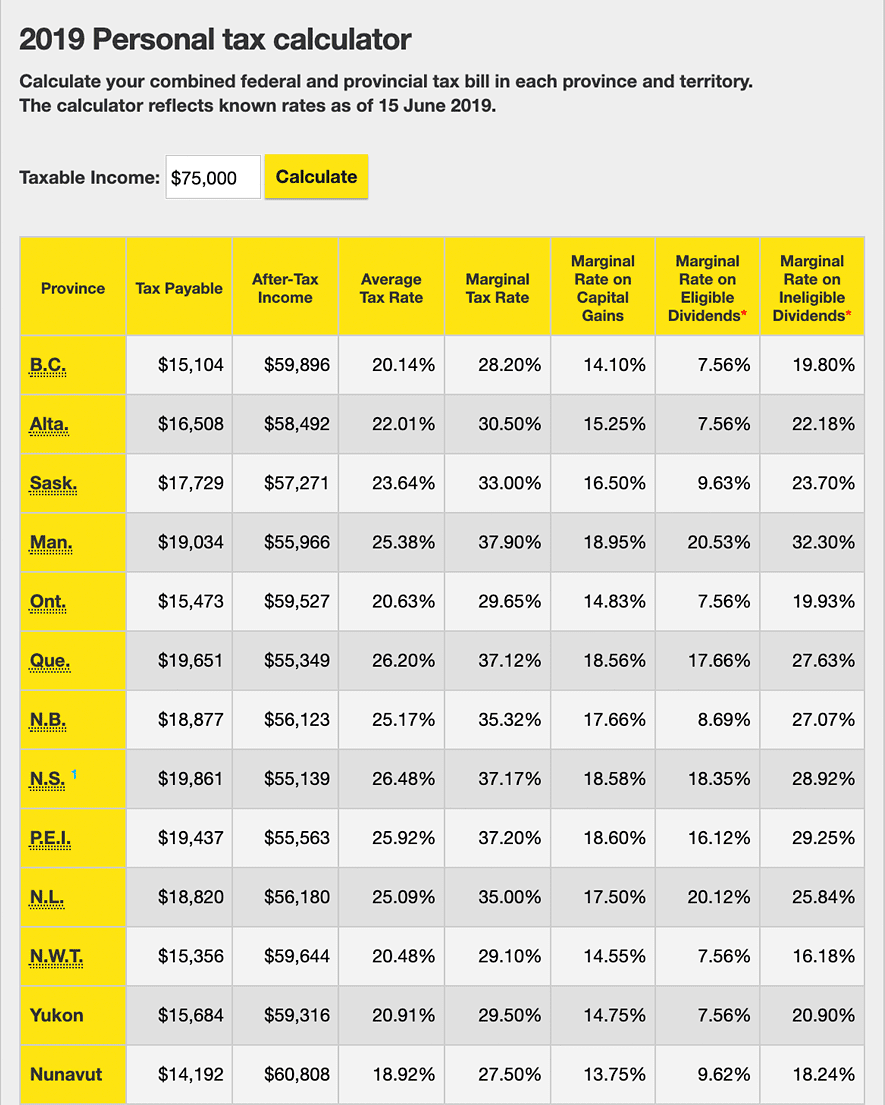Mastering H&R Tax Return Estimator: A Complete Guide For Tax Season
When tax season rolls around, everyone’s looking for ways to simplify their finances and save time. Enter the H&R Tax Return Estimator—a game-changer for anyone who wants to take control of their tax situation without breaking a sweat. This powerful tool is like having a personal accountant in your pocket, giving you an accurate estimate of your tax refund or liability in just a few clicks. Whether you’re a seasoned tax pro or a first-time filer, this estimator has got you covered.
Let’s face it—taxes can be a headache. You’ve got W-2s, deductions, credits, and all sorts of other paperwork flying at you from every direction. But with the H&R Tax Return Estimator, you can cut through the chaos and get a clear picture of where you stand. It’s user-friendly, reliable, and designed to make tax season less stressful. No more guessing or worrying about whether you’ll owe money or get a refund—this tool does the heavy lifting for you.
In this guide, we’ll break down everything you need to know about the H&R Tax Return Estimator. From how it works to tips for maximizing your refund, we’ve got all the answers you’re looking for. So grab a coffee, sit back, and let’s dive into the world of tax estimation like never before. Your wallet will thank you later.
Read also:Jenna Bush Hagers Life Beyond The Spotlight A Closer Look At Her Real Estate Journey
Table of Contents
What is H&R Tax Return Estimator?
How Does the H&R Tax Estimator Work?
Benefits of Using the H&R Tax Estimator
Common Tax Deductions You Should Know About
Accuracy of the H&R Tax Estimator
Read also:Burt Bacharachs Legacy Through His Children A Closer Look
Tips for Maximizing Your Tax Refund
Common Mistakes to Avoid When Using the Estimator
Comparing H&R Tax Estimator with Other Tools
What is H&R Tax Return Estimator?
The H&R Tax Return Estimator is a digital tool designed to help taxpayers calculate their potential tax refund or liability. It’s like a crystal ball for your finances, giving you a sneak peek into what you might owe or receive when tax season rolls around. Whether you’re employed full-time, freelance, or run your own business, this estimator takes into account various factors such as income, deductions, and credits to provide an accurate estimate.
One of the coolest things about the H&R Tax Return Estimator is its simplicity. You don’t need a degree in accounting or hours of research to figure out your tax situation. Just input your financial details, and voila! You’ll have a clear idea of what to expect from Uncle Sam. It’s like having a mini tax expert on your team, 24/7.
Why Choose H&R Over Other Tax Tools?
There are plenty of tax estimation tools out there, but H&R stands out for a few key reasons. First, it’s been around for decades, so you know it’s trustworthy. Second, it’s constantly updated to reflect the latest tax laws and regulations. And third, it’s user-friendly as heck—you don’t need to be a tax wizard to use it effectively.
How Does the H&R Tax Estimator Work?
Using the H&R Tax Return Estimator is as easy as pie. Here’s a step-by-step breakdown of how it works:
- Head over to the H&R Block website and locate the Tax Return Estimator tool.
- Answer a few simple questions about your income, expenses, and any deductions or credits you might qualify for.
- Let the estimator crunch the numbers and provide you with an estimate of your tax refund or liability.
Behind the scenes, the estimator uses advanced algorithms to analyze your inputs and apply the relevant tax laws. It’s like having a super-smart calculator that knows everything about the IRS.
What Info Do You Need to Get Started?
To get the most accurate estimate, you’ll want to gather some basic info beforehand:
- Your annual income (including wages, tips, and self-employment earnings).
- Any deductions you plan to claim, such as mortgage interest, student loan interest, or charitable contributions.
- Potential tax credits, like the Earned Income Tax Credit (EITC) or Child Tax Credit.
Having this info ready will help the estimator give you a more precise result. Think of it like filling out a form—it’s all about accuracy!
Benefits of Using the H&R Tax Estimator
So, why should you bother using the H&R Tax Return Estimator? Here are a few compelling reasons:
- Time-Saving: Instead of spending hours manually calculating your taxes, the estimator does it for you in minutes.
- Accuracy: The tool is updated regularly to ensure compliance with the latest tax laws, so you can trust the results.
- Accessibility: You can access the estimator anytime, anywhere, as long as you’ve got an internet connection.
- Cost-Effective: For many users, the estimator is free or included with H&R Block’s tax preparation services, saving you money on professional fees.
Plus, the estimator is great for planning purposes. If you know ahead of time that you’ll owe money, you can start setting aside funds or adjusting your withholdings to avoid a surprise come tax day.
Who Can Benefit from This Tool?
Almost anyone can benefit from the H&R Tax Return Estimator, but it’s especially useful for:
- First-time filers who are new to the whole tax game.
- Freelancers and small business owners who need to account for self-employment taxes.
- People who want to maximize their deductions and credits without hiring a tax pro.
No matter your tax situation, this tool can help you stay on top of things and make informed financial decisions.
Common Tax Deductions You Should Know About
Deductions are one of the best ways to lower your taxable income and boost your refund. Here are some common deductions that the H&R Tax Return Estimator can help you calculate:
- Mortgage Interest: If you own a home, you may be able to deduct the interest you pay on your mortgage.
- Student Loan Interest: Did you pay interest on your student loans last year? You might qualify for this deduction.
- Charitable Contributions: Donations to qualified organizations can be deducted from your taxable income.
- Medical Expenses: If your medical bills exceed a certain percentage of your income, you may be able to deduct them.
These are just a few examples, and the estimator will walk you through the process of determining which deductions apply to your situation.
How Do Deductions Affect Your Refund?
Deductions reduce your taxable income, which in turn lowers the amount of tax you owe. This can result in a larger refund or reduce your liability. The H&R Tax Return Estimator helps you identify all the deductions you’re eligible for, ensuring you don’t leave money on the table.
Tax Credits Explained
While deductions reduce your taxable income, credits directly reduce the amount of tax you owe. Here are some popular tax credits:
- Child Tax Credit: Parents can claim up to $3,600 per qualifying child under the age of 17.
- Earned Income Tax Credit (EITC): This credit is designed to help low- and moderate-income workers and their families.
- Lifetime Learning Credit: If you paid for education expenses, you might qualify for this credit.
The H&R Tax Return Estimator includes these credits in its calculations, giving you a more accurate picture of your tax situation.
Which Credits Should You Prioritize?
Not all credits are created equal, and some may be more beneficial than others depending on your circumstances. The estimator helps you weigh your options and choose the credits that make the most sense for you.
Accuracy of the H&R Tax Estimator
One of the biggest questions people have about tax estimation tools is how accurate they really are. The H&R Tax Return Estimator is designed to be as precise as possible, but there are a few factors that can affect its accuracy:
- Input Quality: The more accurate your inputs, the better the estimate will be.
- Changing Tax Laws: While the estimator is updated regularly, unexpected changes in tax laws could impact its accuracy.
- Complex Tax Situations: If you have a particularly complicated tax situation, you may want to consult a professional for additional guidance.
That said, for most people, the H&R Tax Return Estimator provides a reliable estimate that’s close enough to the real deal.
Can You Trust the Results?
Absolutely! The estimator is backed by H&R Block’s decades of experience in the tax industry. While it’s not a substitute for professional advice in every situation, it’s a fantastic starting point for understanding your tax obligations.
Tips for Maximizing Your Tax Refund
Who doesn’t love a bigger refund? Here are some tips for squeezing every last penny out of your tax return:
- Claim All Eligible Deductions: Don’t forget to include every deduction you qualify for, even the small ones.
- Utilize Tax Credits: Credits are more valuable than deductions, so make sure you’re taking advantage of them.
- File Early: The sooner you file, the sooner you’ll get your refund.
- Double-Check Your Work: Mistakes can cost you money, so review your inputs carefully before finalizing your estimate.
With these strategies in mind, you’ll be well on your way to maximizing your refund and keeping more of your hard-earned cash.
What If You Owe Money?
Not everyone gets a refund, and that’s okay. If the estimator shows you owe money, don’t panic. You can set up a payment plan with the IRS or adjust your withholdings to avoid a similar situation next year.
Common Mistakes to Avoid When Using the Estimator
Even the best tools can lead to errors if you’re not careful. Here are some common mistakes to watch out for:
- Forgetting Key Information: Make sure you include all relevant details, such as deductions and credits.
- Using Outdated Data: Double-check that your inputs reflect your current financial situation.
- Overlooking State Taxes: If you live in a state with income tax, don’t forget to factor that into your estimate.
Avoiding these pitfalls will help you get the most accurate estimate possible.
How Can You Double-Check Your Estimate?
If you’re unsure about your results, consider running the estimator multiple times with slight variations in your inputs. This can give you a range of possible outcomes and help you feel more confident in your estimate.
Comparing H&R Tax Estimator with Other Tools
There are plenty of tax estimation tools on the market, but how does the H&R Tax Return Estimator stack up? Here’s a quick comparison:
- TurboTax: TurboTax offers a similar estimator, but it’s often tied to their premium services.
- TaxSlayer: TaxSlayer’s estimator is solid, but it lacks some of
Article Recommendations


